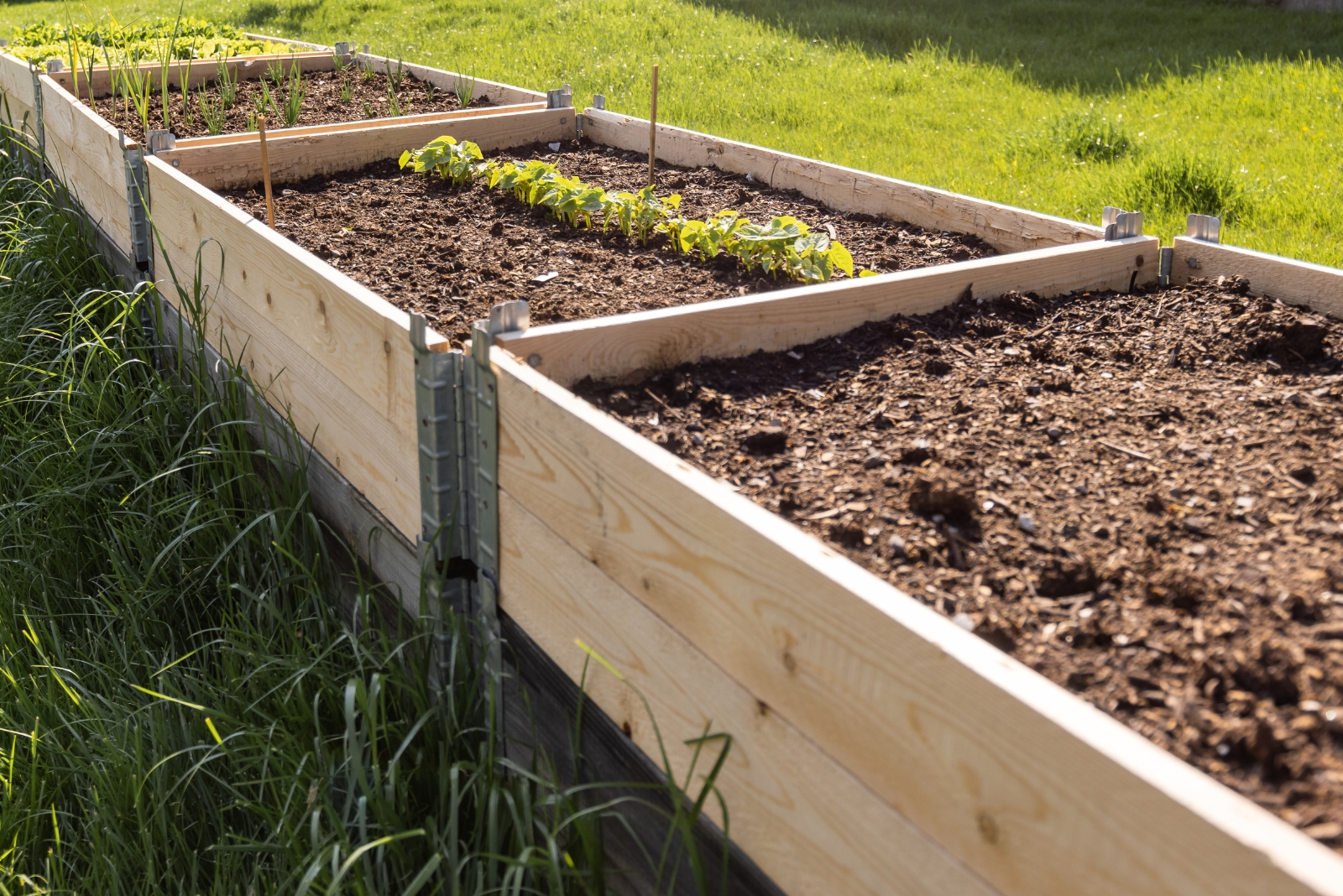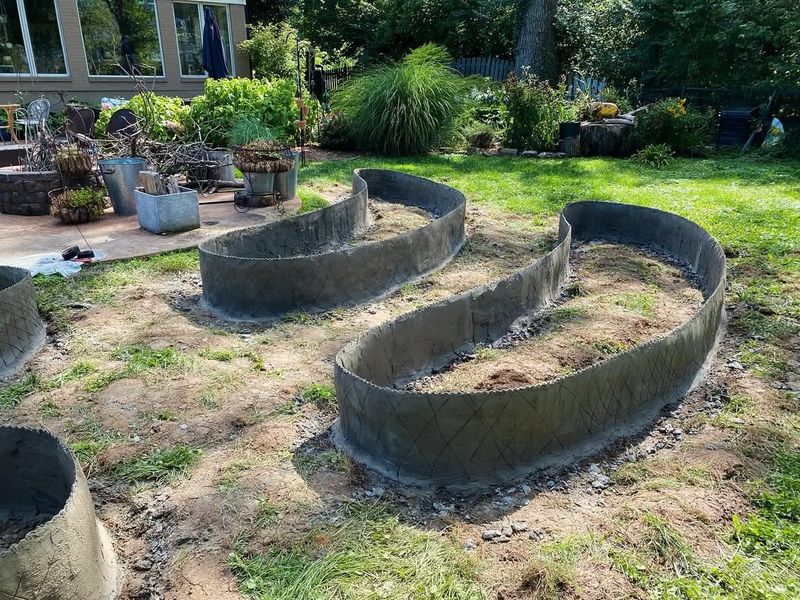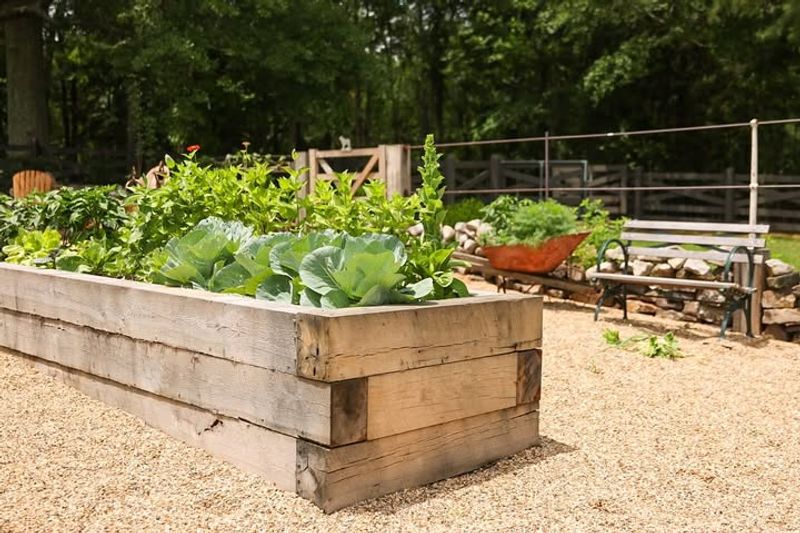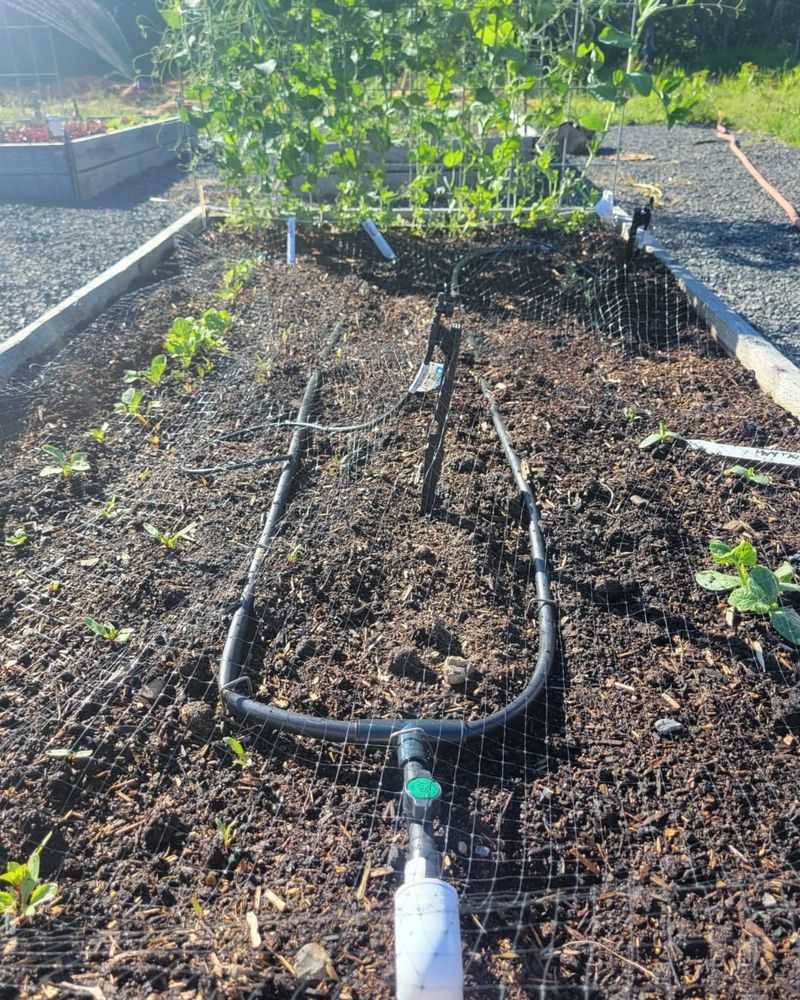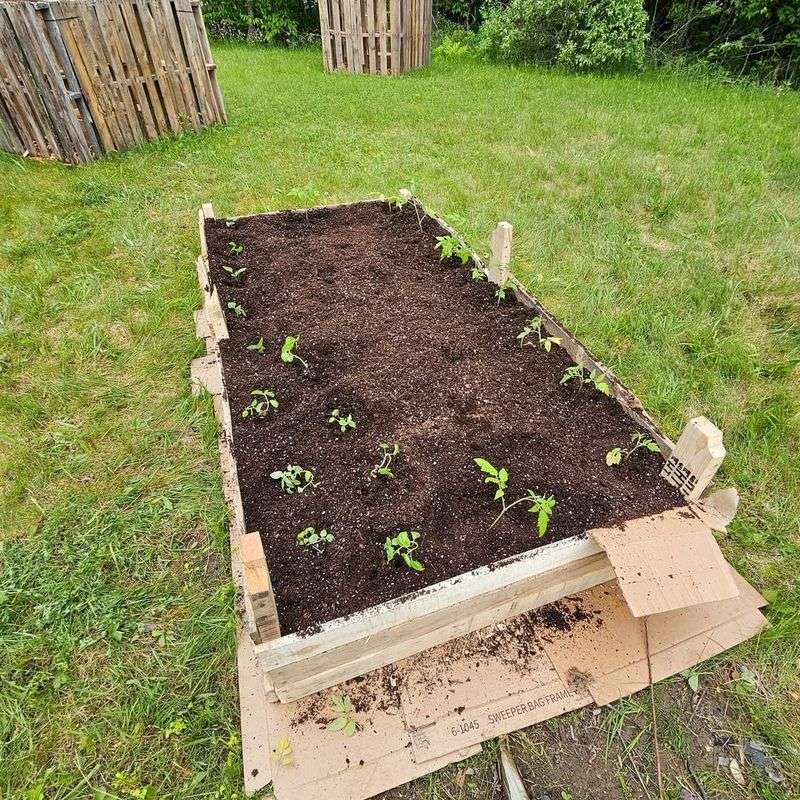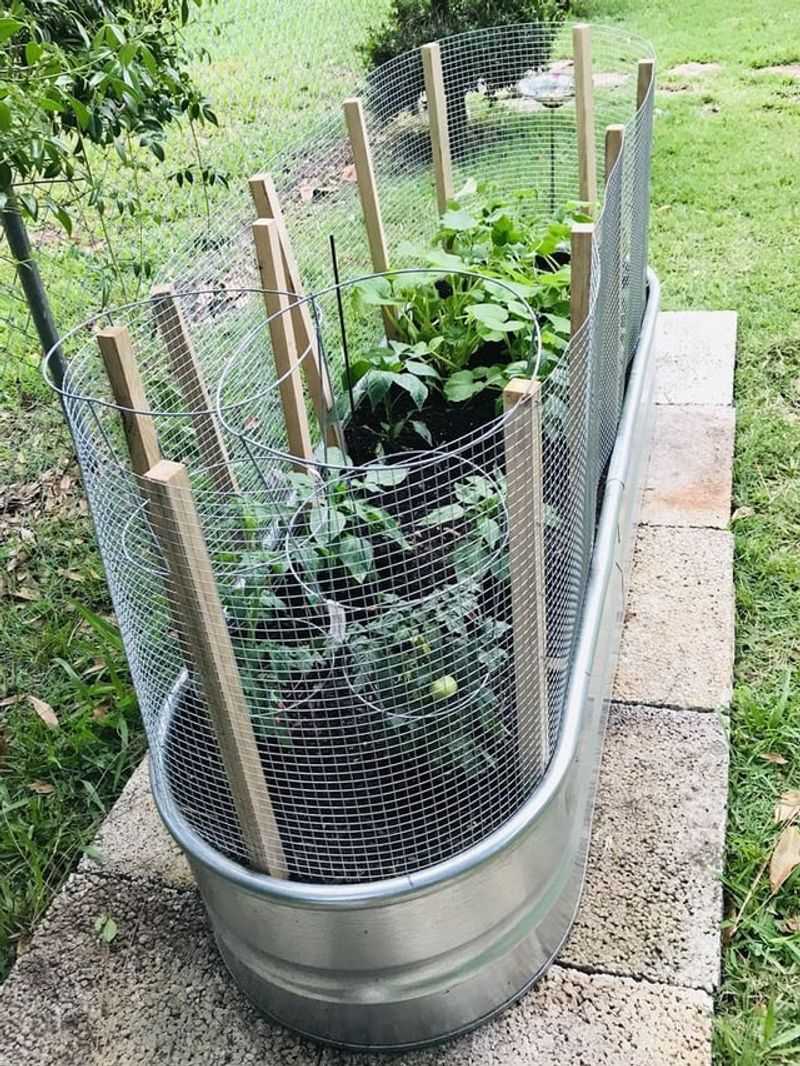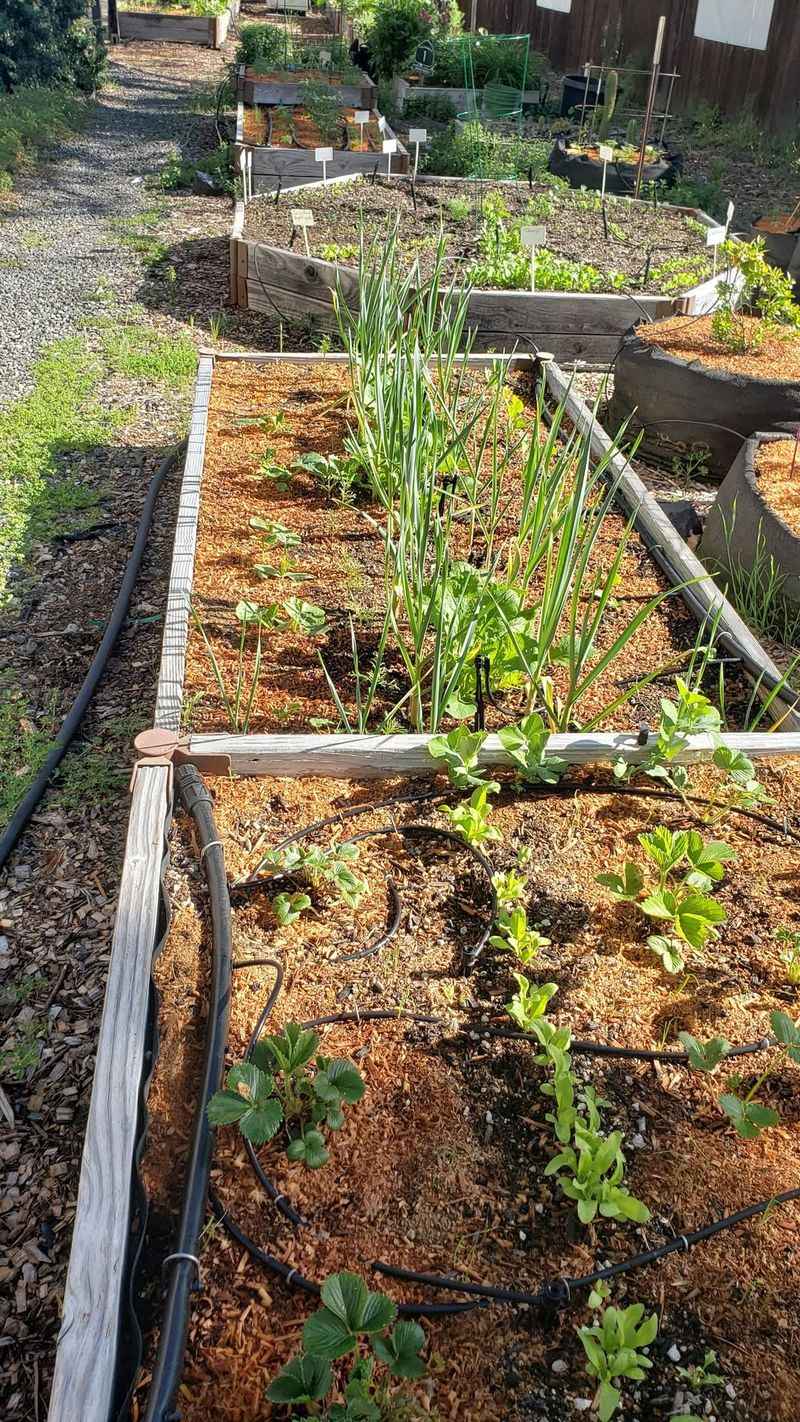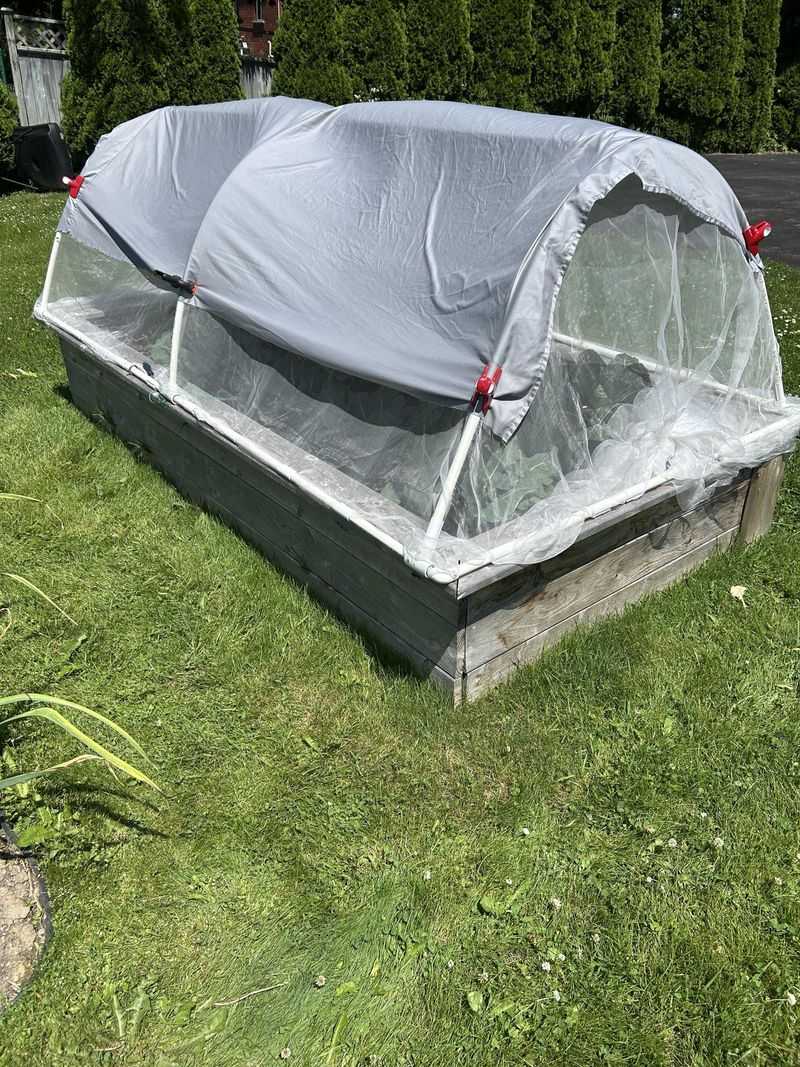Fall is the perfect time for Florida gardeners to build raised beds. The cooler weather makes working outside more pleasant, and you’ll be ready for winter planting.
High raised beds offer better drainage during Florida’s rainy season and save your back from constant bending.
1. Choose Weather-Resistant Materials
Cedar and cypress wood naturally resist Florida’s humidity and termites without harmful chemicals. These local woods may cost more upfront but outlast pressure-treated lumber by years.
Concrete blocks offer another durable option that stands up to moisture and provides thermal mass to regulate soil temperature. For the truly budget-conscious, recycled plastic lumber creates virtually indestructible beds that won’t rot, crack, or splinter in harsh sun.
2. Elevate Your Garden Bed Height
The sweet spot for Florida raised beds is 24-36 inches tall. This height prevents stooping while allowing roots to develop properly. Taller beds also mean less bending over during Florida’s scorching afternoons when you’re harvesting vegetables.
For wheelchair gardeners, aim for 36 inches with a narrower width. Remember that taller beds need more soil, so balance height with your budget. The perfect height combines comfort with practicality.
3. Install A Proper Drainage System
Florida’s sudden downpours demand excellent drainage in raised beds. Line the bottom with a layer of large stones or broken pottery pieces before adding soil. Create drainage holes if using solid-sided materials like plastic or metal.
Angle your bed slightly (about 1-2% grade) to direct water away from structures. Some gardeners add a perforated pipe system for areas with particularly heavy rainfall. Good drainage prevents root rot during Florida’s notorious summer storms.
4. Mix The Perfect Florida Soil Blend
Florida’s native sandy soil needs serious improvement for raised beds. Create a rich mixture using 40% topsoil, 30% compost, 20% coconut coir (holds moisture better than peat in our heat), and 10% perlite.
Add a cup of worm castings per square foot for micronutrients. Unlike northern gardens, our soil needs less moisture retention and more drainage components. Local mushroom compost works wonders in Florida beds, providing nutrients that stand up to our intense rainfall.
5. Create A Pest Barrier Foundation
Burrowing critters love Florida gardens! Place hardware cloth (1/4-inch metal mesh) across the entire bottom of your raised bed before adding materials. Extend it slightly up the sides for total protection.
For extra defense against persistent armadillos and moles, some gardeners install deeper barriers extending 12 inches below ground level. Nematodes pose another Florida-specific challenge – marigolds planted around the perimeter naturally repel these microscopic pests while adding cheerful color.
6. Add An Irrigation System With Timer
Florida’s blazing heat demands consistent watering. Drip irrigation systems deliver water directly to plant roots, reducing evaporation and fungal issues. Install lines before filling with soil, connecting to a timer that waters during early morning hours.
Micro-sprinklers work well for leafy greens, while soaker hoses suit tomatoes and peppers. Group plants with similar water needs together in your design. Automated irrigation systems save countless hours of hand-watering during Florida’s dry spells while preventing overwatering during rainy periods.
7. Install Shade Cloth Supports
Florida’s intense sunshine can scorch even sun-loving plants. Build PVC hoops or wooden frames that attach directly to your raised bed. These supports should rise at least 12 inches above your tallest planned plants.
Use removable 30-40% shade cloth during summer’s peak heat, while leaving beds uncovered during cooler fall months. Quick-release clamps make seasonal adjustments simple. This adaptable system extends your growing season by protecting tender seedlings from both surprise late-season frosts and scorching summer days.

